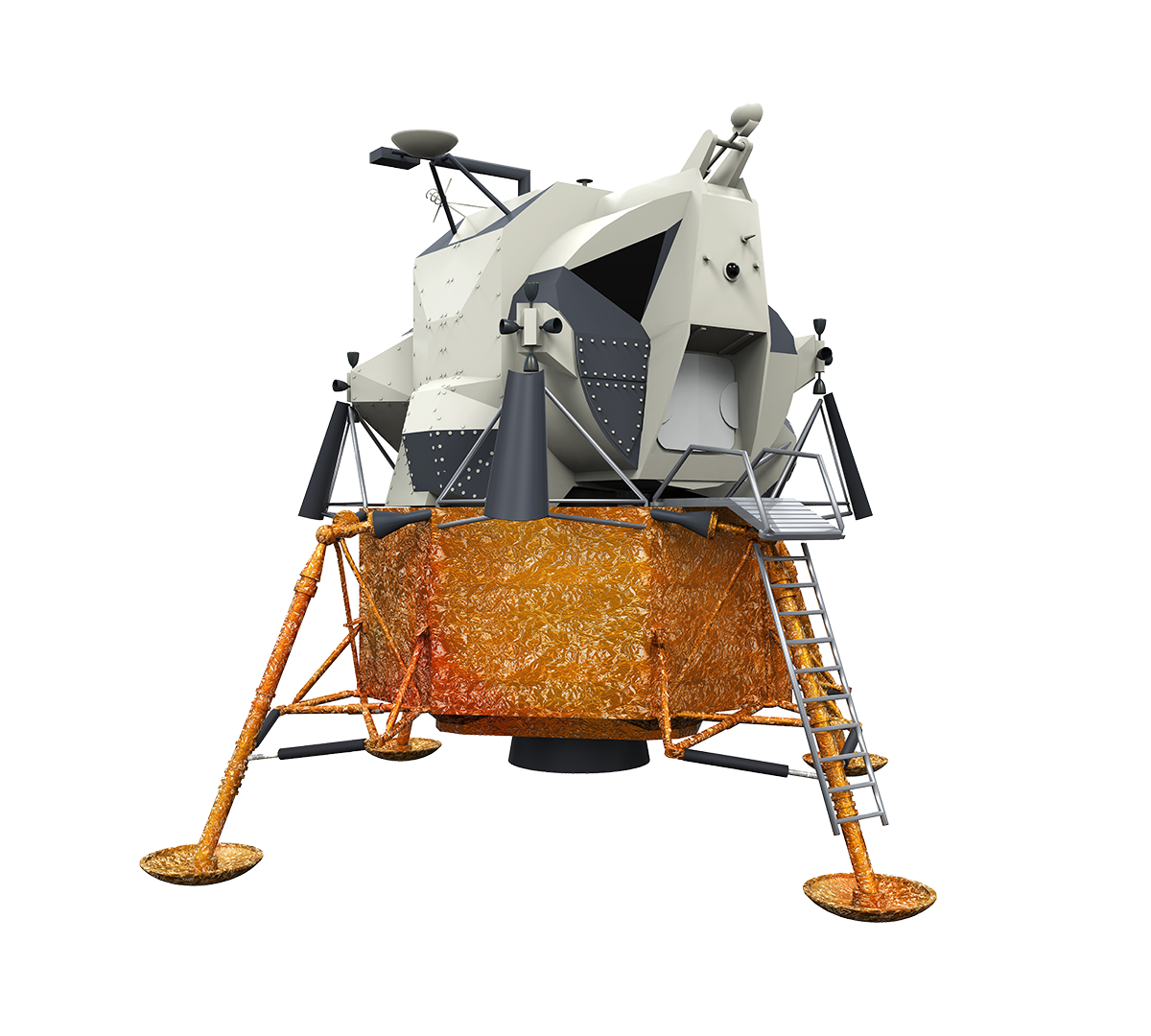Introduction
Through centuries of meticulous observations and discoveries, Astronomers have provided crucial insights that have completely changed our understanding of the universe and our place in it. Astronomers have been responsible for grasping the movements of the stars and deciphering our principles of gravity and celestial mechanics. They laid the groundwork for the future, plotting trajectories and navigating spacecraft across the cosmos. The development of telescopes, from the first basic convex and concave lenses to in-space observatories like the Hubble Space Telescope, has not only expanded our vision of the universe but also served as a vital tool for scouting and studying distant planets, stars, and galaxies. Now, especially as human action in space increases, Astronomers play integral roles in our planning and execution of plans. The specialized knowledge and skill set of these professionals puts them in a position to apply it in missions and projects collecting more data and conducting more research.
Astronomy and Astronauts
Beyond studying the universe from earth, Astronomers have been able to participate in missions into orbit! The more that intentions are set towards space, the more vital that Astronomers and astronomical research becomes to the success of these future missions. In these positions, Astronomers work to ensure conditions, make predictions based on celestial movements, and contribute to research projects. There have even been Astronomers who have been selected as Astronaut Candidates and have travelled into space themselves! Three Astronaut Astronomers are John Grunsfield, Karl Gordon Heinze, and George Driver Nelson.
John Grunsfeld is a veteran Astronaut with a total of five space missions, STS-67/Astro-2, STS-81, STS-103, STS-109, STS-124. Grunsfeld entered the world of Astronomy by studying Physics at Massachusetts Institute of Technology. He later also earned his Master of Science as well as his doctorate in philosophy in Physics at the University of Chicago. Before becoming an astronaut, Grunsfeld applied his research skills and worked on many projects including experiments using gamma and X-rays to make better astronomical observations. Astronaut Grunsfeld was selected by NASA in March 1992. After completing STS-67 and STS-81, his remaining three missions were largely spent performing repairs and upgrades to the Hubble Space Telescope. In total, Astronaut John Grunsfeld spent over 58 days in space.
Karl Gordon Heinze is a veteran Astronaut who completed mission STS-51-F. He explored his educational passions after spending time in the military and earned a bachelor’s in mathematics and a master’s in Astronomy at the University of Virginia. Soon after, Heinze earned his Doctor of Philosophy in Astronomy from the University of Michigan. In his work, he acted as an observer in observatories in America, South Africa, and Australia and even held a position as senior observer for the Smithsonian Astrophysical Observatory. He was selected as an Astronaut Candidate in 1962. After being on the astronaut support crew for many missions, Dr. Heinze was selected for STS-51-F to assist in delivering the Spacelab-2 laboratory module to be added to the International Space Station. In total, Astronaut Karl Heinze spent over 7 days in space.
George Driver “Pinky” Nelson completed three missions as an active astronaut, STS-41-C, STS-61-C, and STS-26. He received a Bachelor of Science degree in physics from Harvey Mudd College, and a Master of Science and a Doctor of Philosophy degree in astronomy from the University of Washington. He was a talented researcher and took up a position as an observer. Nelson’s work as an observer took him from an initial position in America to the Netherlands and West Germany. Nelson was selected as an Astronaut Candidate by NASA in January 1978. He assisted with missions before completing STS-41-C, STS-61-C, and STS-26. These missions focused on conducting tests and retrieving or releasing satellites. In total, Astronaut George Driver “Pinky” Nelson spent over 17 days in space.
Astronomy Careers
Studying Astronomy can take many different paths and your educational experience can influence the type of work that you do in the future. For example, some Astronomers earn their bachelor’s degree in Astronomy while others focus primarily on physics or mathematics and then specialize in Astronomy for their master’s or doctoral degrees. Different applications of Astronomy create diverse opportunities for the aspiring Astronomer. A degree in astronomy opens a wide array of career paths within the STEM fields, offering opportunities in various sectors, including research, academia, technology, and more.
Conclusion
An astronomy degree equips students with a strong foundation in critical thinking, problem-solving, data analysis, and research methodologies. These skills are highly valuable and can be transferrable across diverse fields or in interdisciplinary settings. For those who find their passion combining mathematics, physics, computer science, and other disciplines in the wonderous world of space, a degree in astronomy not only prepares individuals for specialized careers within the field of astronomy itself but also provides a versatile skill set that opens doors to diverse opportunities across numerous STEM disciplines and can even lead you into space yourself! There are so many career opportunities for those passionate to pursue them!

